Kashagan output won’t resume until early 2014 after pipe checks
Kashagan output won’t resume until early 2014 after pipe checks
BY NARIMAN GIZITDINOV
ATYRAU (Bloomberg) -- Kazakhstan’s largest oilfield won’t resume production before early next year after partners in the Kashagan project inspect 180 km of pipelines. A full inspection of both oil and gas pipelines, each about 90 km long, will be done using a probe known as an intelligent pig before starting the field, North Caspian Operating Company, the field’s operator, said by e-mail.
Kashagan, where production began in September after being delayed several times from the original plan in 2005, was producing about 60,000 bpd before a leak stopped the field on October 9. The project’s cost mounted as the operators undertook drilling from a man-made island to unlock crude 4,200 m under the seabed in a pressurized reservoir with a high concentration of poisonous sour gas.
Visual inspections on the onshore sections of the pipeline found “additional locations on the gas pipeline that provided doubtful visual results that still need the confirmation of the intelligent pig before being finally assessed for integrity,” the operator said.
The offshore gas pipeline has been kept under pressure for several weeks and was carefully monitored during that period, NCOC said.
Oil produced at 10 artificial islands is sent to a hub via pipeline. The hub island contains processing facilities to separate recovered liquid, oil and water, from the raw gas, as well as gas injection and power generation systems.
Around half of the gas produced is re-injected back into the reservoir. Separated liquid and raw gas are taken by pipelines to the Bolashak onshore processing plant in Atyrau oblast, where oil will be produced.
“One of the best methods for pipeline inspection is so-called ‘intelligent pigging’, sending different robots through the entire length of the pipelines to conduct an accurate inspection of the pipelines from inside,” NCOC said.
Some of the corrupt parts of the pipeline were sent to Cambridge in England, where the immediate cause of the pipeline failures was traced to be sulfide stress cracking, the operator said. “This mechanism occurs when hard/brittle steel is exposed to high H2S concentrations in the presence of water, which results in micro-fissures in the steel,” NCOC said.
Exxon Mobil, Royal Dutch Shell, Total and Eni each hold 16.81 % in the project. Inpex owns 7.56 %. KazMunaiGaz National Company retains 16.88 %. China National Petroleum Corporation bought an 8.33 stake % in September.


